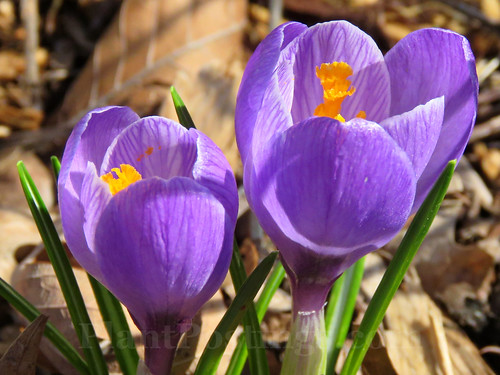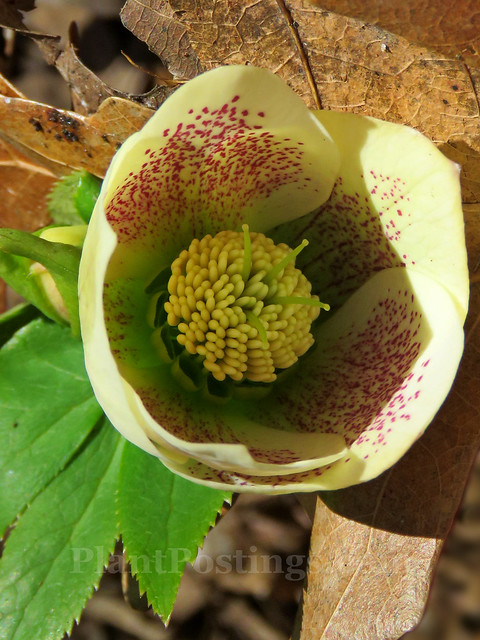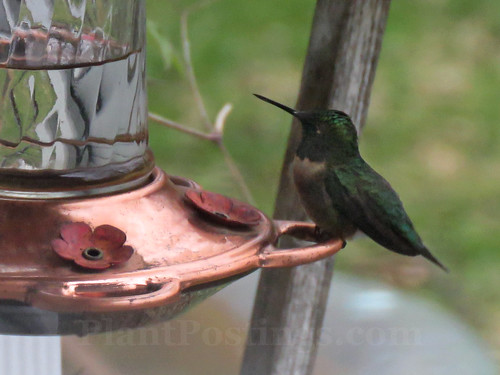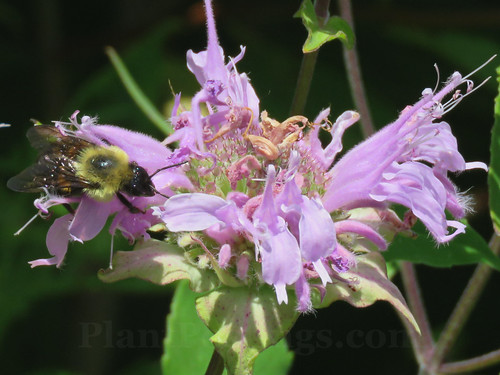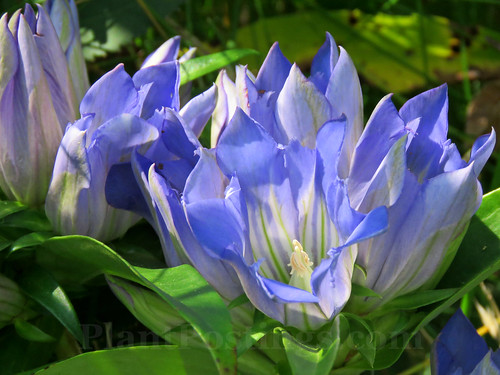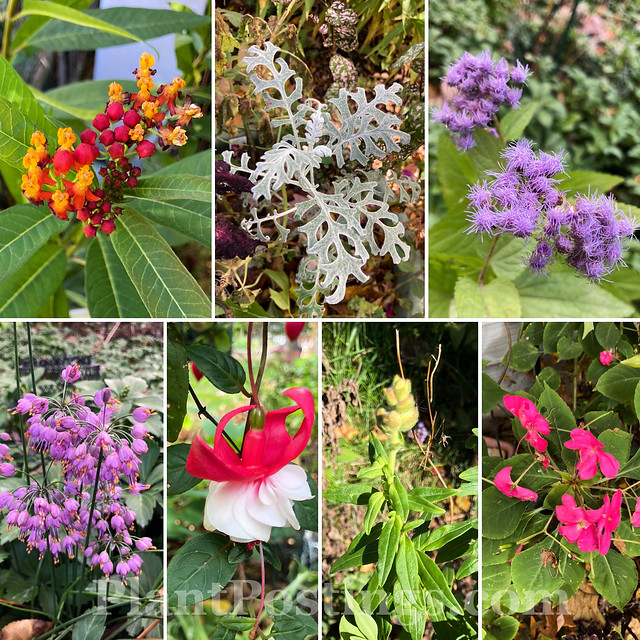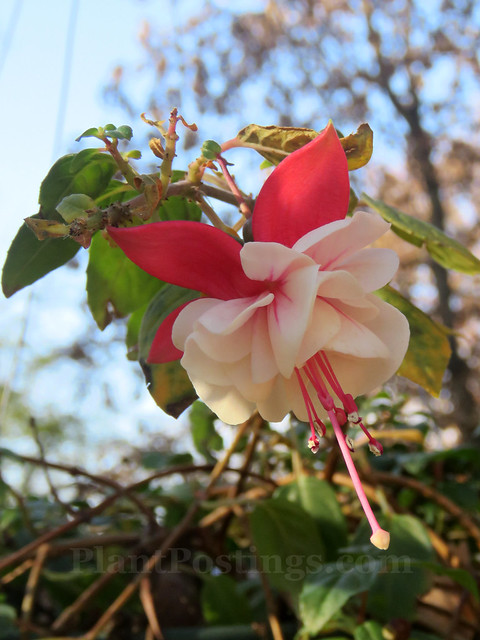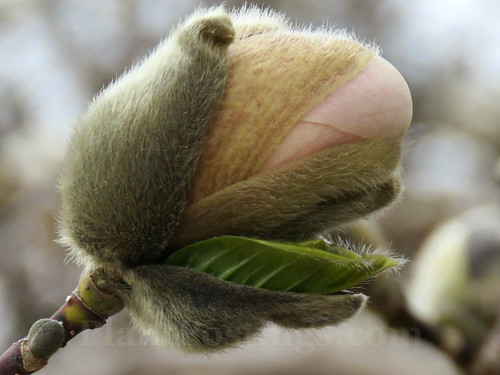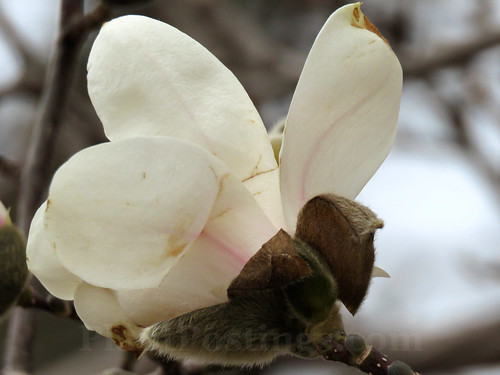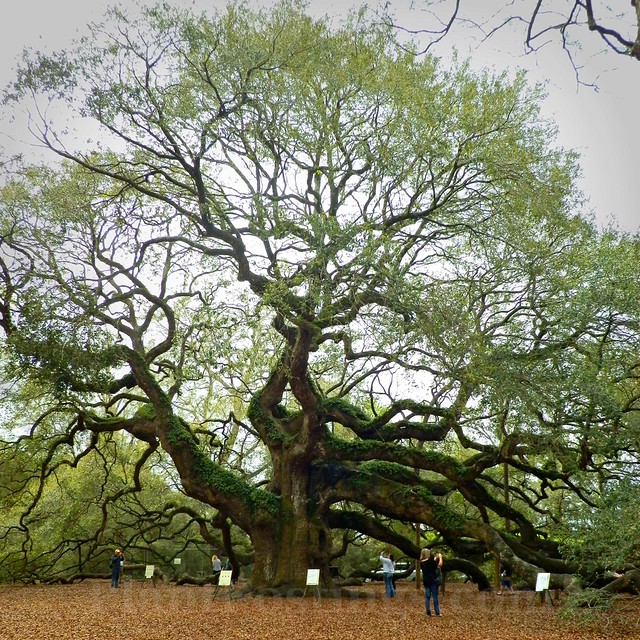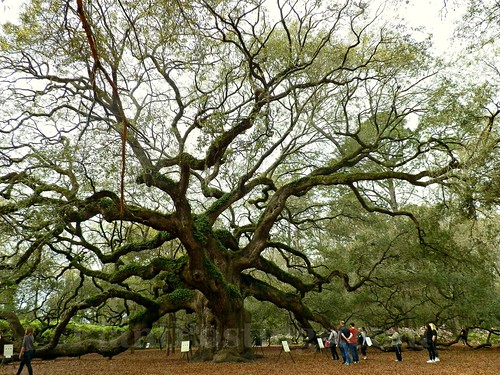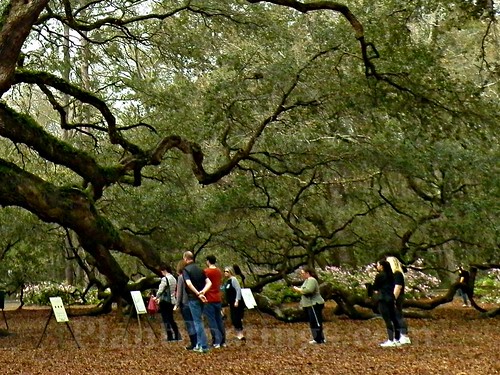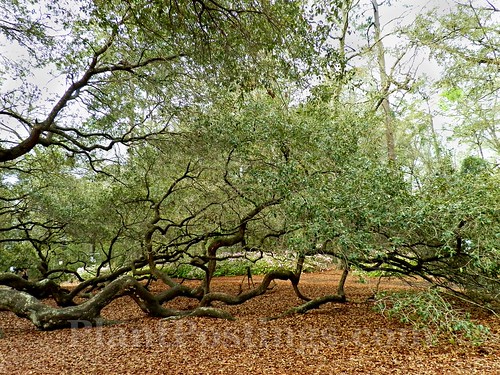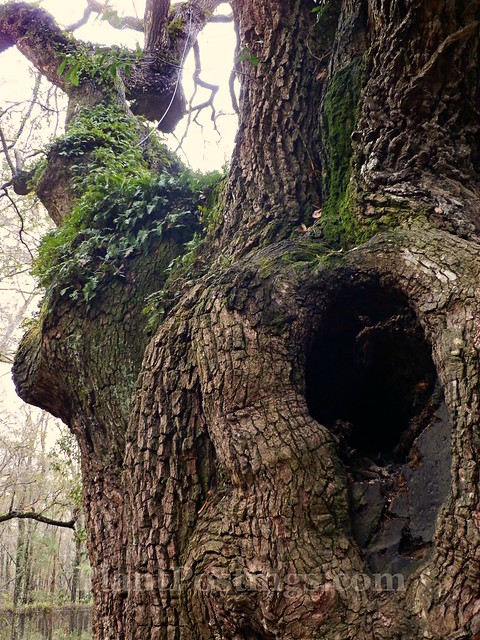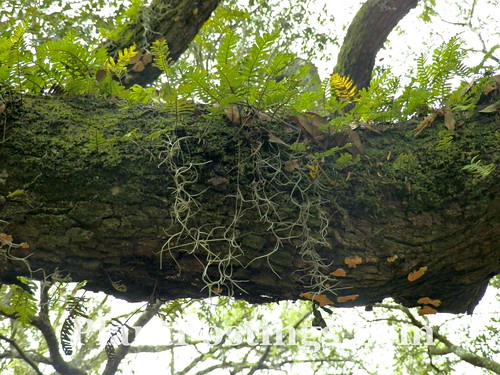
One of many highlights of our recent trip to San Antonio was visiting the San Antonio Botanical Garden with Jean at Dig, Grow, Compost, Blog. A resident of the area, Jean shared helpful gardening and historical information, and we had some fun discussions.

The botanical garden had some impressive edibles growing in beautiful displays.
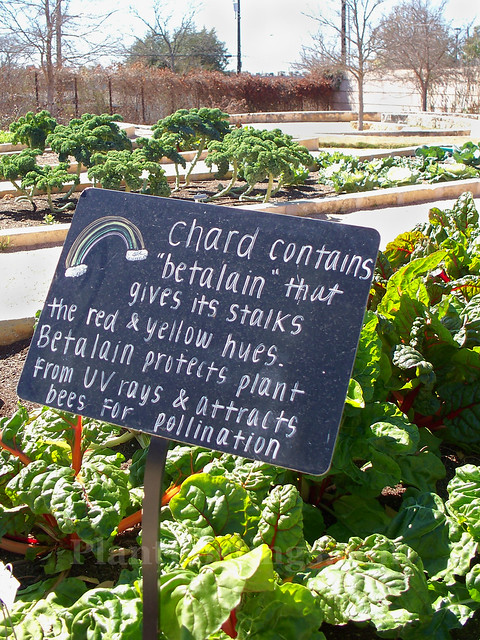
The displays included information about the plants and required growing conditions.

In many cases, the edibles and ornamentals were interplanted, which is always fun to see and do.

Other highlights of the botanical garden included this former limestone quarry, which was transformed into a public waterworks system for the city in 1877. Now a beautiful sunken garden, it features a staggered seating area, climbing vines, and beautiful stonework.
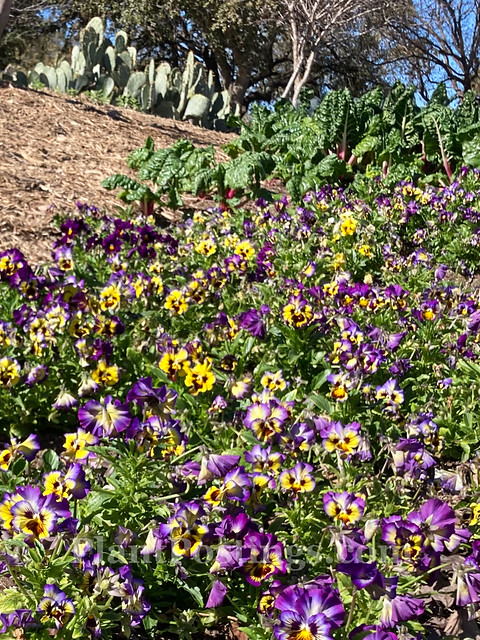
Some of the displays were unique--for example, Pansies (Viola x wittrockiana), Swiss Chard (Beta vulgaris), and Prickly Pear Cacti (Opuntia spp.) growing in a display together.

We visited during the gardens' Orchid Celebration, which was fabulous. I took so many photos, but the only name plate I captured was this healthy Noble Rock Orchid (Dendrobium nobile).

The others were, of course, incredibly lovely and colorful, too.

An extra bonus was that the Texas Bluebonnets (Lupinus texensis) were just beginning to bloom--at the botanical garden and throughout the surrounding area.
It was one of many beautiful days in a beautiful part of the state and a lovely region of the country.
************
[Hey Friends: I've noticed an increase in anonymous comments. I think the Blogger comment form has changed. I want to publish legitimate comments. If you post anonymously, please include your name in the comment text so I know who you are, and that you're a real person and not a bot. (First name is fine; first name and handle, even better.) Thanks so much!]


